ISSN ONLINE(2319-8753)PRINT(2347-6710)
ISSN ONLINE(2319-8753)PRINT(2347-6710)
| M.Rupesh, A. Durga Prasad and Shubha Kulkarni Assistant Professor, Department of Electrical & Electronics Engineering, GNDEC, Bidar, Karnataka, India |
| Related article at Pubmed, Scholar Google |
Visit for more related articles at International Journal of Innovative Research in Science, Engineering and Technology
Initially Wind Energy Conversion systems are usually passive systems i.e. the generated power is mainly dependent on the wind fluctuations but not on the grid requirements. An integrated DC-coupled wind, hydrogen and super Capacitor hybrid power system is studied in this paper. The main objective of this paper is to co-ordinate all these sources to share the (power) load in order to control the generated power, so control strategy for active wind generator is essential. The Active wind generator is built to provide some auxiliary services to the grid. The control strategy should be adopted to integrate the power sharing strategies. Two power sharing strategies are presented and compared by digital time domain Simulation studies in the MATLAB/ SIMULINK Software environment.
Keywords |
| Distributed Power, Load Sharing, Hybrid Power System, Power Control, Wind Generator. |
INTRODUCTION |
| Renewable energy Sources (RES) are much forwarded to read the following goals throughout the world. |
| 1. Reduces the dependence of imported Fossil Fuel. |
| 2. Reduces the pollution i.e. emission of greenhouse gasses. |
| During recent years the cost of fossil fuel is increased and efficiency is reduced, the controllability is the main drawback of RES like wind turbine and photovoltaic panels, because of these reasons the presence into the utility grid can lead to grid failure or grid instability if they are not properly controlled. More over integration of all these sources into one grid is very critical and required DG systems to provide those services like frequency and voltage regulations of the local grid. Wind energy is considered as RES in this paper, because wind energy is the worldâÃâ¬ÃŸs fastest growing energy source, expanding globally at a rate of 25% - 35% annually over the last decade. |
| However, Wind energy conversion system is like passive generators because of fluctuations and intermittent wind speed, and they cannot offer any secondary services to electrical network in a microgrid, where stable active and reactive power requirements should be characterizes to the generators. To overcome these problems Hybrid power systems (HPS) are proposed with following two innovative improvements. |
| 1. Energy Storage System may used to compensate or store the difference between the generated wind power and required grid power. |
| 2. Power management strategies are implemented due to power exchange among different sources to provide load sharing for the integrated grid. |
RELATED WORK |
| Hydrogen technologies, combining fuel cells (FCS) Electrolyzers with Hydrogen tanks are most suitable for long term energy storage because of incomparable high mass energy density. In case of wind energy surplus, the excess energy is converted into H2 by Electrolyzer by electro chemical reaction. This H2 gas is stored in Hydrogen tank for future utilization. When the generated wing energy is not satisfied by grid utilization, the stored electrolytic H2 can be used to generate electricity by an FC to compensate the difference between generated wind power and grid requirement. Thus according to the researches wind electrolysis is a very attractive procedure for an economically variable renewable hydrogen production system. |
| Recent progress in technology makes Super Capacitors are the best things as they are unique electrical storage devices that can store much more energy than conventional capacitors and offer high power density than batteries, it can changed very low time with a low current during stand by times between high current pulses globally SCâÃâ¬ÃŸs are having better round trip efficiency. Fly wheel systems are also suitable for fast dynamic energy storage; however, this mechanical system is currently hampered by the danger of explosive shattering of the massive wheel due to overload. SCâÃâ¬ÃŸs are less sensitive in operating temperature and have mechanical security problems. In order to various technologies and advantages we have developed grid integrated wind generator (WG), including three kinds of sources. |
| 1. Renewable energy sources i.e Wind Generator. |
| 2. A fast dynamic storage i.e Super Capacitor. |
| 3. Long term storage i.e FC,EL & H2 tank |
| For the control of internal power load sharing strategies should be developed in the control system to satisfy the grid requirements while maximizing the benefits of RES and efficient operation of each storage unit. The purpose of this paper is to present the proposed load sharing strategies of the studied HPS in order to control the DC bus voltage and to respect the grid according to the microgrid power requirements. i.e. real and reactive power references, which are calculated by a centralized secondary control center on order to coordinate power dispatch or load sharing of several plants in a control area. In section III & IV, the studied HPS structure is presented, the structure of control system is adopted in order to integrate load sharing strategies. Two load sharing strategies are presented in section V. The simulation models and results are presented to compare their performances in section VI, Conclusions are given in section VII. |
HPS & CONTROL SYSTEM |
| A) HPS Structure |
| DC- coupled structure is used in this paper to decouple the grid voltage and frequency from the sources. All the sources are connected to dc bus before connected to inverter shown in fig.1. each source is coupled electrically with a power electronic converter in order to power control action, and this HPS Structure. ItâÃâ¬ÃŸs global control can be used for other combinations of sources also. |
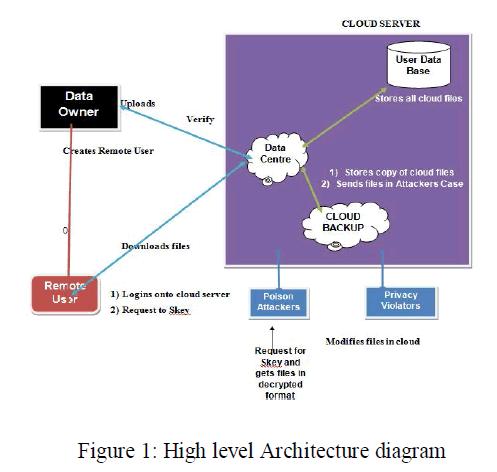 |
| B) Control System Structure |
| Power converters introduce some control inputs for power conversion. In this case the control system structure can be divided into different levels as like in fig.2. |
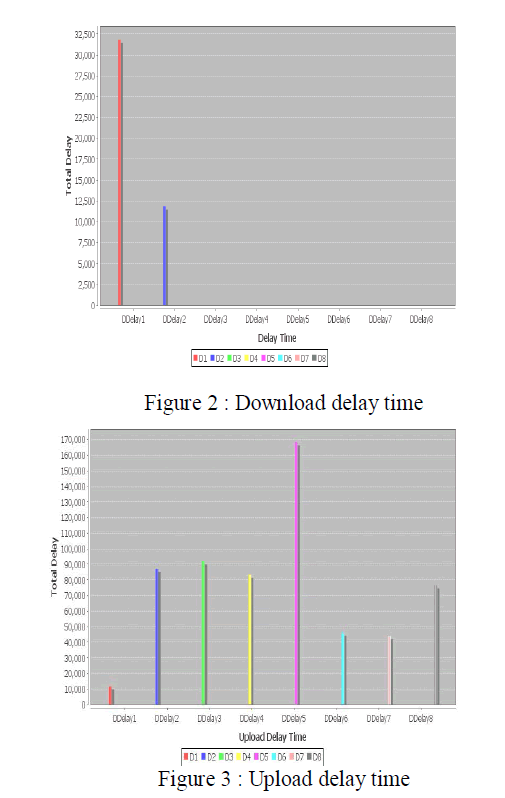 |
| The Switching Control Unit (SCU) is for each power converter. In SCU, the drivers with optocouplers generate the ON/OFF signals from the ideal stage of switching function {0,1}, and the pulse width modulation determines the switching function from modulation function (m). |
| The Power Control Unit (PCU) is used for load sharing of entire HPS to satisfy the grid requirements. i.e. real and reactive power references which are obtained from secondary control center and drop controllers. In this some load sharing algorithms are implemented to co-ordinate the load flows of different energy sources. The different load sharing algorithms corresponds to number of possible operating modes of the HPS and can be gathered. |
| The Automatic Control Unit (ACU) is used for each energy source and power conversion system. The control algorithms of ACU calculate the modulation function (m) for each power converter through the regulation of some physical quantities according to their reference values. Some explanations of the ACUs are given in following paragraph. |
| C) ACU |
| The control schemes in the ACUs are shown in fig.3. |
| 1. The EL Power Conversion System is controlled by terminal voltage (Vel) setting equal to a prescribed reference ( Vel-ref) through DC Chopper N05. The EL stack is considered as an equitant current siurce (iel). |
| 2. The FC Power Conversion System is controlled by taking fuel cell current ( ifc-ref) as reference through the DC Chopper N04. The FC stack is considered as an equivalent voltage source (Vfc). |
| 3. The SC Power Conversion System is controlled by reference current (isc-ref) through DC Chopper N03. The SC bank is treated as an equivalent voltage source (Vsc) |
| 4. The Wind Energy Conversion System is controlled by reference gear torque (Tgear-ref) of three phase rectifier N02. |
| 5. The Grid Connection System is consisting of a DC-bus Capacitors and grid power conversion systems, and is controlled with reference line current (il-ref) of three phase inverter N01, before grid transformer is treated as equivalent voltage source (Vgrid) The DC bus Voltage is described as |
 |
| So in order to control DC-bus voltage, a voltage controller is needed. The output of voltage controller is a current reference (idc-ref) shown in fig.3. |
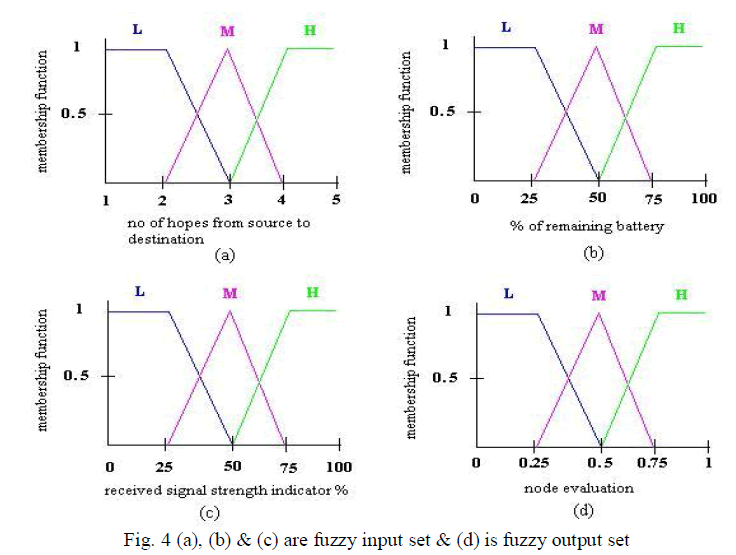 |
PCU |
| A) PCU Layout |
| There are two levels of power modeling in the HPS. i.e. power calculation level and the power flow level as shown in fig.4. Like that the PCU also divided into two levels. i.e. the power control level and load or power sharing level. The PCU enables the reference calculations for ACU from power references. The load sharing level coordinates the load flow exchanges among the different energy sources with different load or power balancing strategies. These are presented in fig.4. Multilevel representation. |
| i) Power Control Level |
| The power exchange with different sources can be controlled only by the related five references. (Vel-ref , ifc-ref , isc-ref , Tgear-ref and il-ref ) as shown in fig.5.Therefore the power equations are divided for power references as in table 1.for energy storage systems, the powers are calculated by multiplying the measured currents and voltages (Int3, Int4 & Int5 in Table 1). The references of the controllable variables are obtained by dividing the power reference with the measured current or the measured voltages (Int3c, Int4c & Int5c in Table1). |
| To extract the maximum power from the wind energy conversion system, a maximum-power-point-tracking (MPPT) strategy is used with available wind energy according to a non-linear speed characteristic function. The control strategy receives the measured rotational speed (Ωtur) and sets a desired power reference (Pwg-ref) (Int2 & Int2c in Table 1). The DC-bus voltage control loop output is the current ref (idc-ref) of the dc-bus capacitor and the product with measured dcbus voltage gives the power reference ( Pdc-ref) for the dc-bus voltage regulation (Int0e) the exchangeable grid power can be calculated by „two wattmeterâÃâ¬ÃŸ method (Int1 & Int1c in Table1). |
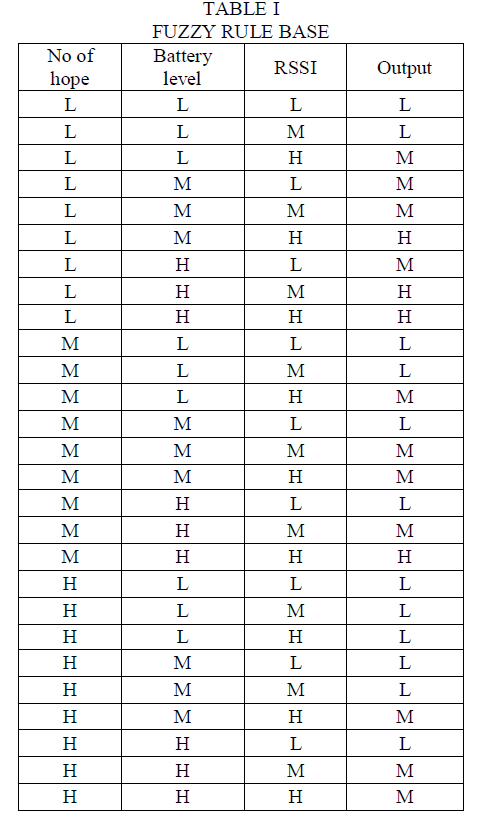 |
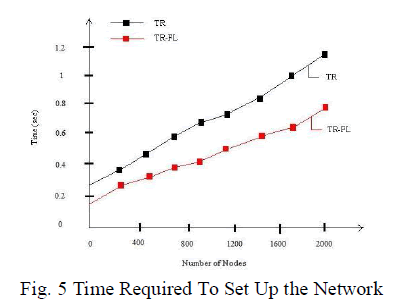 |
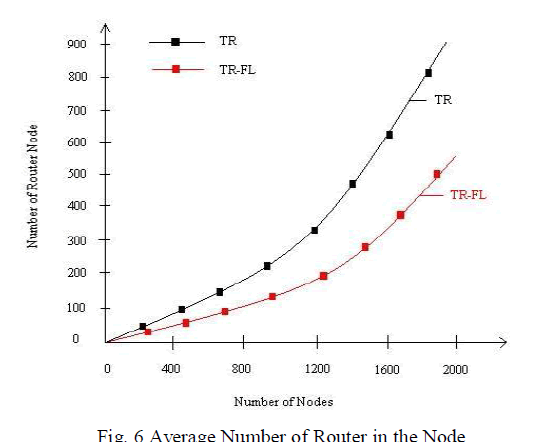 |
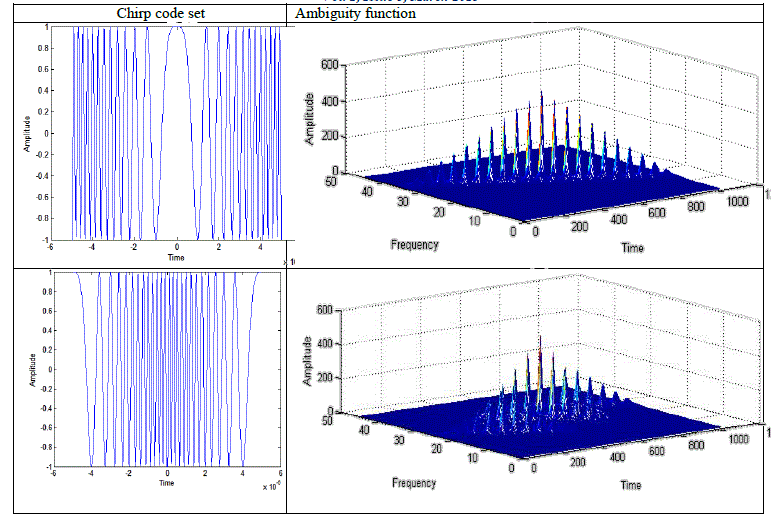 |
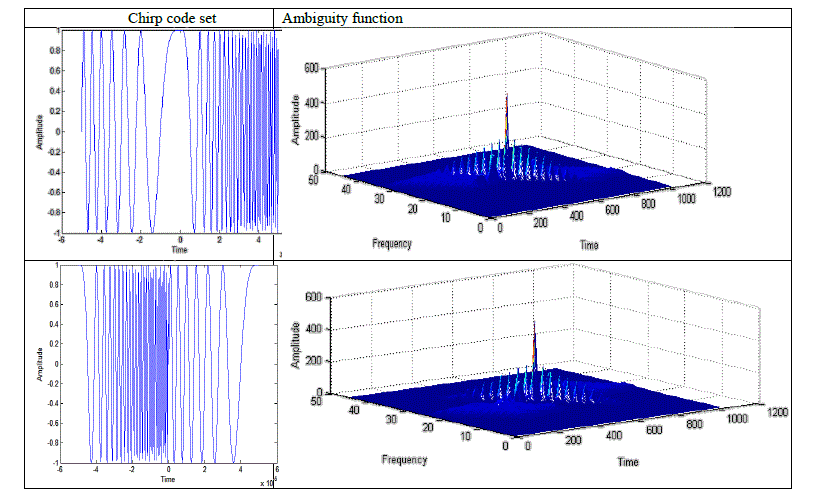 |
SIMULATION RESULT |
| A) Matlab Simulation Design |
| Matlab/Simulink model of HPS has been built to compare the different power / Load balancing strategies. Voltages and current generated by the power electronic converters are calculated, three boostcap SC models (160F & 48V) are connected in series. Therefore, the equivalent capacitor of the SC bank is about 53F, & the maximum voltage is 144V, all sources are connected to the dc-bus through different power converters. The dc-bus is connected to grid through three phase inverter, three line filters and a grid transformer. The power / load balancing strategies are tested and compared respectively with the MATLAB SIMULATION test; it is possible to apply our proposed control system for the active generator and to test it with the developed power / load balancing. |
| B) Power Profile of Different Sources |
| Two tests are conducted by using MATLAB/SIMULINK for both strategies respectively. The same fluctuant wind power profile is used during 150 s. the active power requirement from the microgrid is assumed to be Pgc-ref = 600W, Similar power profiles are obtained from the energy storage systems as shown in Fig.10. When the generated wind power is more than 600W the EL is activated to absorb the power difference, but when the generated wind power is less than 600W the FC is activated to compensate the power difference. Since the power dynamics of the FC & EL are limited by an LPF with a 5-sec time constant, they are not able to filter the fast fluctuations of the wind power. Therefore, the SCs supply or absorb the power difference. |
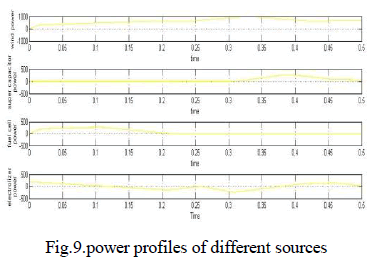 |
| C) Grid Following Strategy |
| In the grid following strategy, the dc-bus voltage is well regulated around 400V by the grid power conversion system as shown in fig.11. the energy storage systems help the WG to supply the microgrid power requirement (Psour = Pge-ref = 600W). Because of the different power losses in the filters and power converters, the grid active power is slightly less than the microgridâÃâ¬ÃŸs requirement (Pg < Pgc-ref=600W). |
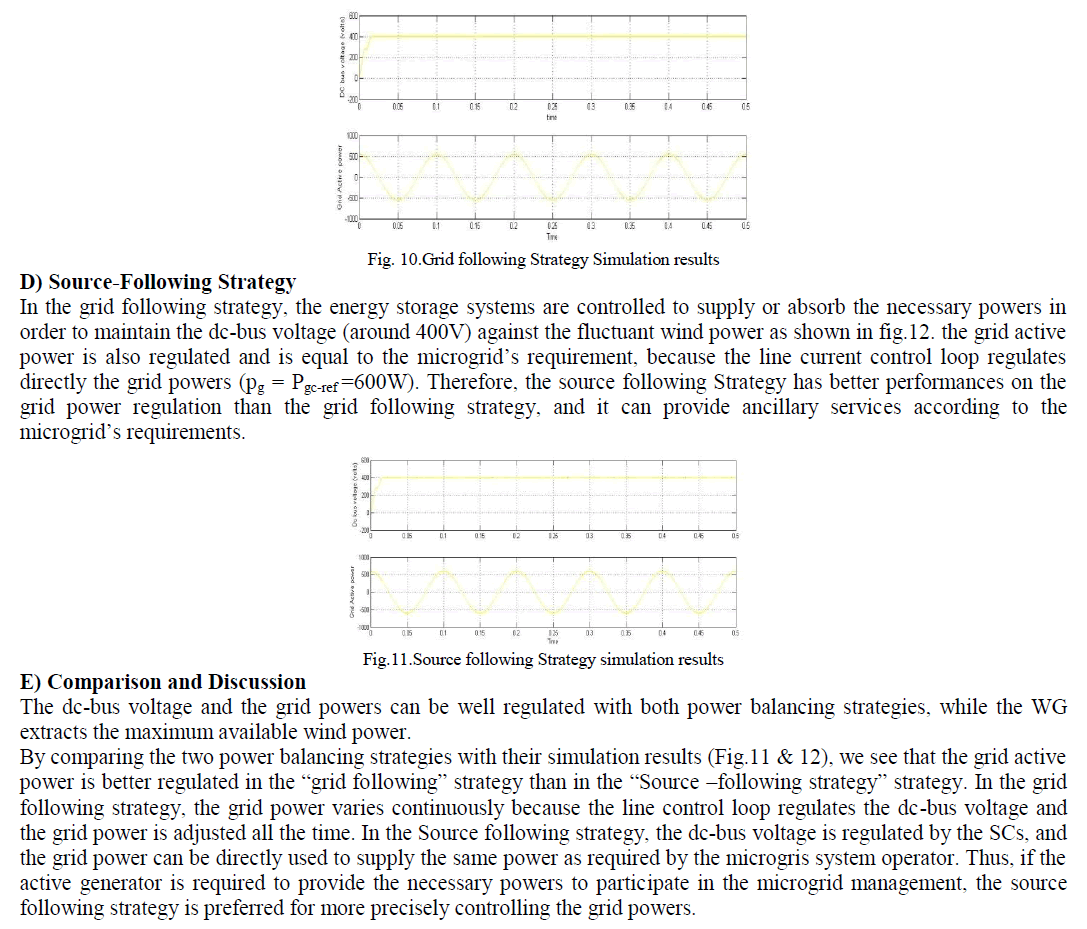 |
CONCLUSION |
| In this paper, a dc-coupled HPS has been studied with the three kinds of energy sources: 1) a WG as a renewable energy generation system; 2) SCs as a fast-dynamic energy storage system; and 3) FCs with ELs and hydrogen tank as a long term energy storage system. The structure of the control system is divided into three levels: 1) SCU; 2) ACU; and 3) PCU. Two power-balancing strategies have been presented and compared for the PCU: the grid following strategy and the source following strategy. For both of them, the dc-bus voltage and the grid power can be well regulated. The simulation results have shown that the source-following strategy has better performance on the grid power regulation than the grid-following strategy. |
References |
|